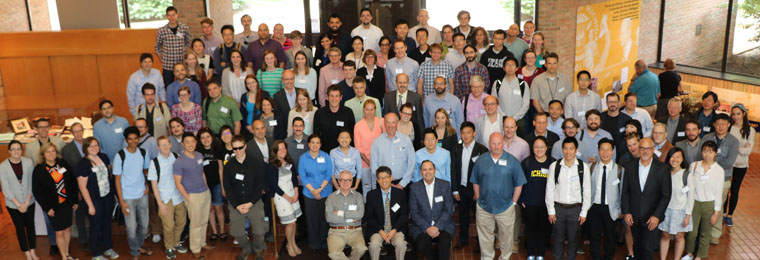Leaders in neuroscience look to the future
ICAN bring engineers and neuroscientists together to review the recent advancement in neurotechnology and neuroscience, define the need for next-generation tools, and enhance the translation of technology to the scientific community.

 Enlarge
Enlarge
Engineers and neuroscientists from around the globe gathered at the Henry Ford Museum in June to explore the future of neurotechnology and research at the International Conference for Advanced Neurotechnology (ICAN). Featured guest speakers from Germany, Puerto Rico, the UK, and the US covered many aspects of modern brain research.
Understanding the complexity and mysteries of the brain is one of the biggest scientific challenges of this century. ICAN is an inaugural conference to bring engineers and neuroscientists together to review the recent advancement in neurotechnology and neuroscience, define the need for next-generation tools to move neuroscience forward, and enhance the translation of technology to the scientific community. The event included guest lectures and panel discussions, as well as a student poster session.
Download these photos on Flickr
ICAN was organized by the International Program for the Advancement of Neurotechnology(IPAN). Directed by Prof. Euisik Yoon, the program supports a “dream team of researchers” from eight universities around the world with the goal of simplifying the ability of a neuroscientist to map neural networks in the brain. This research could lead to better prosthetics and treatments for conditions like Parkinson’s disease, deafness, blindness, paralysis and depression.
In addition, a key mission of IPAN is to provide advanced educational opportunities for undergraduate students, and provide international experience for both undergraduate and graduate students. This summer, eight students are studying abroad in Frieburg and Hamburg, Germany, where they’ll get firsthand experience with neurotechnology research.
IPAN is funded under the NSF Partnerships for International Research and Education (PIRE) program.
 MENU
MENU 
